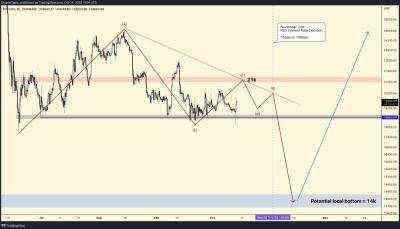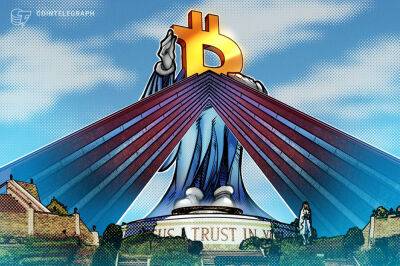Ethereum traders shorted ETH price in record numbers during the Merge — 50% crash ahead?
Ethereum successfully completed its long-awaited transition to proof-of-stake via "the Merge" on Sep. 15, while traders have been increasingly shorting Ether (ETH) in anticipation of a sell-the-news event.
Ether's futures funding rates across leading derivatives platforms dropped below zero—to their worst levels to date—before the Merge. The rate dropped to as low as -0.6% on BitMex.
Funding rates are a percentage of the fee paid to either short or long position holders. The platform decides the fee based on the difference between the perpetual futures contract and the spot price.
Therefore, traders consider a market bullish when the funding rate is positive. Conversely, a negative funding rate hints at a bearish sentiment in the market. Let's understand why with an example.
Currently, Ether's funding rate average is around -0.1%. In other words, traders with a $1 million short ETH position are willing to pay those with long positions $1,000 every eight hours (based on when platforms recalculate the funding rates).
That shows traders' conviction in a potential spot Ether price drop after the Merge.
However, a consistently negative funding rate also increases the possibility of a short squeeze. A short squeeze occurs when an asset moves higher and short traders decide to cover their position or get forced to do so via margin calls, thus adding more upside strength to the asset's price.
From a technical perspective, Ether's price risks dropping by 50% in the coming weeks due to the formation of a symmetrical triangle on its longer-timeframe chart.
Notably, symmetrical triangles are trend continuation patterns, i.e., they typically prompt the price to continue in the direction of their previous trend after a consolidation
Read more on cointelegraph.com
















